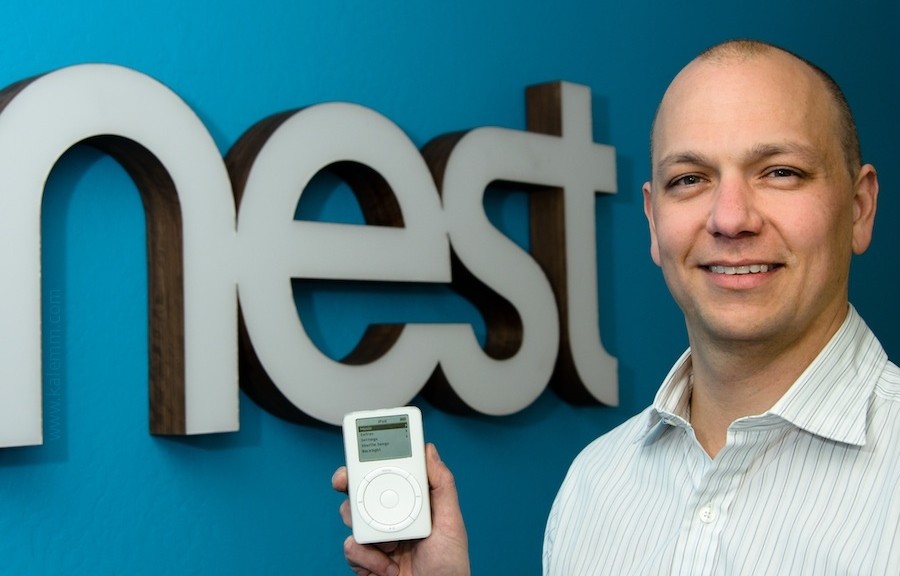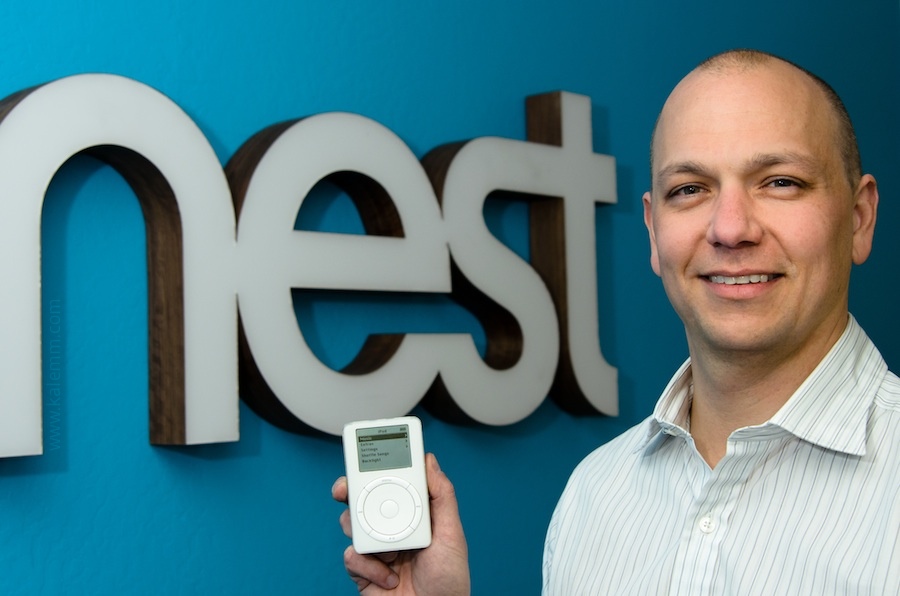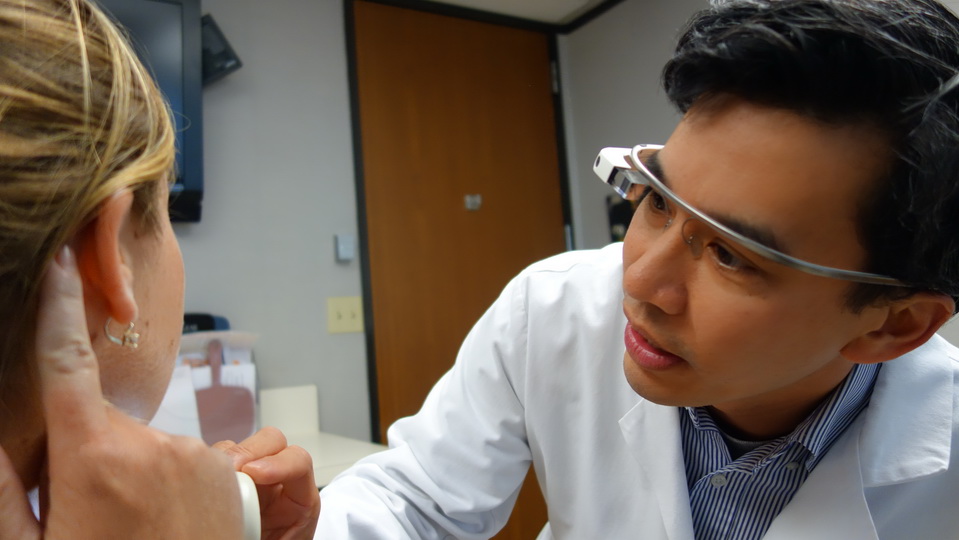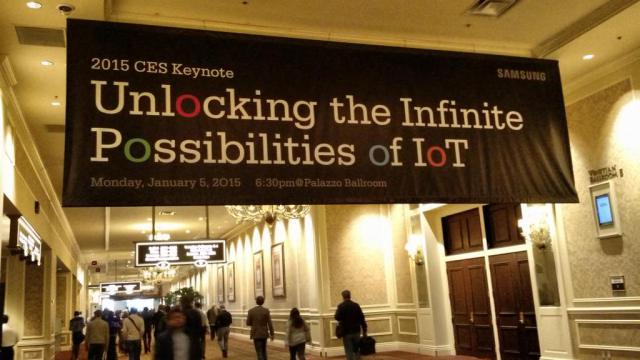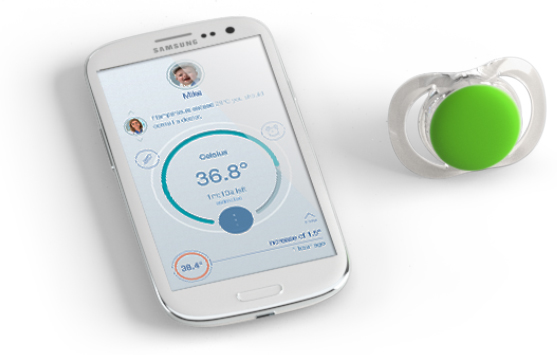As consumers, we continually hear about the ‘Internet of things’ and the positive changes that will come from our always connected world.
I recently read an article in the San Jose Mercury news that talks about the devices we are all expected to acquire that will make many of our life decisions for us, whether an automated butler, health gadget, thermostat or a driverless car.
It made me contemplate the amount of connectivity we already have in our lives and how it is set to increase. How much is enough? Can we have too many smart devices?
Let’s consider a potential scenario from the not too distant future:
Awoken at the optimal moment in your sleep pattern by your wearable tracker, you are recommended a light breakfast that includes juice with added vitamin D due to your lower than normal levels.
While having breakfast, the news is reported to you by a service that selects what it thinks you will want to know.
The weather app recommends dressing cooler today as sunshine is forecast. Your driverless sends an alert that, based on traffic conditions, the optimal time to get on the freeway would be in 10 minutes time. It then alerts the household heating system to shut down as you are going to be leaving.
The first two hours of your day are led by suggestions made by gadgets and where the information you are offered has been pre-selected.

Some mornings this guidance might seem the perfect way to start the day. To me though, it seems like we are at risk of surrendering control to the devices of the future.
Our connected gadgets and services are being controlled or fed information that, of course, is open to manipulation by people and companies out to exploit our willingness to be led rather than to explore.
“We need to temper our reliance on technology and connected services, even though they can help make life easier”.
We need to keep our reliance on technology in check and connected services, even though they can help make life easier.
Imagine a life without open choice, where all options available have been preselected for you. It is starting to sound like the Truman Show.
Take an everyday task such as selecting a movie for the family to watch. On a busy workday, a recommendation made by a streaming company might be useful, but if I did not sit and browse for myself every now and again, I would miss things that I might also like.
Exploring the options for myself allows me to find things that would not have been on my list of recommendations and might just surprise me.
I love my gadgets and I don’t want to come across as negative. However, there’s a lot to be said for exploring.
I would encourage everyone to find some time in their busy schedule to go gadget free and try something new. You never know what you might discover.
